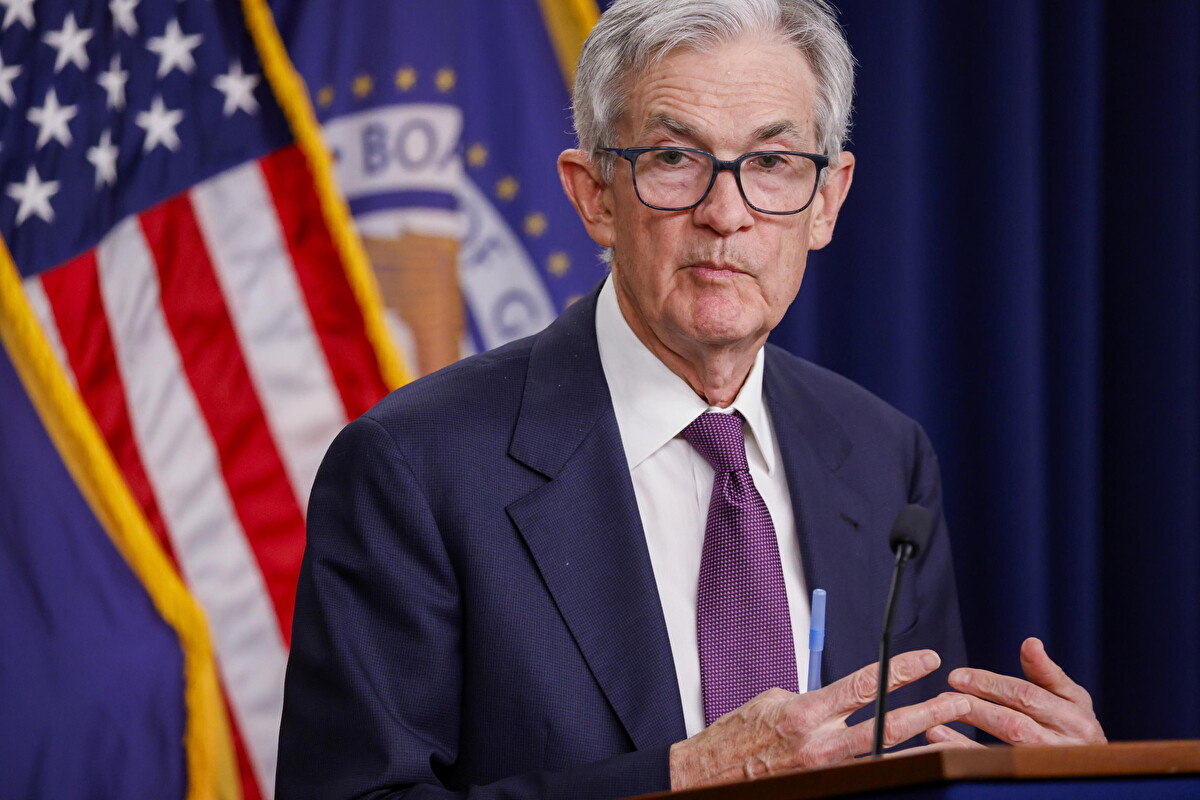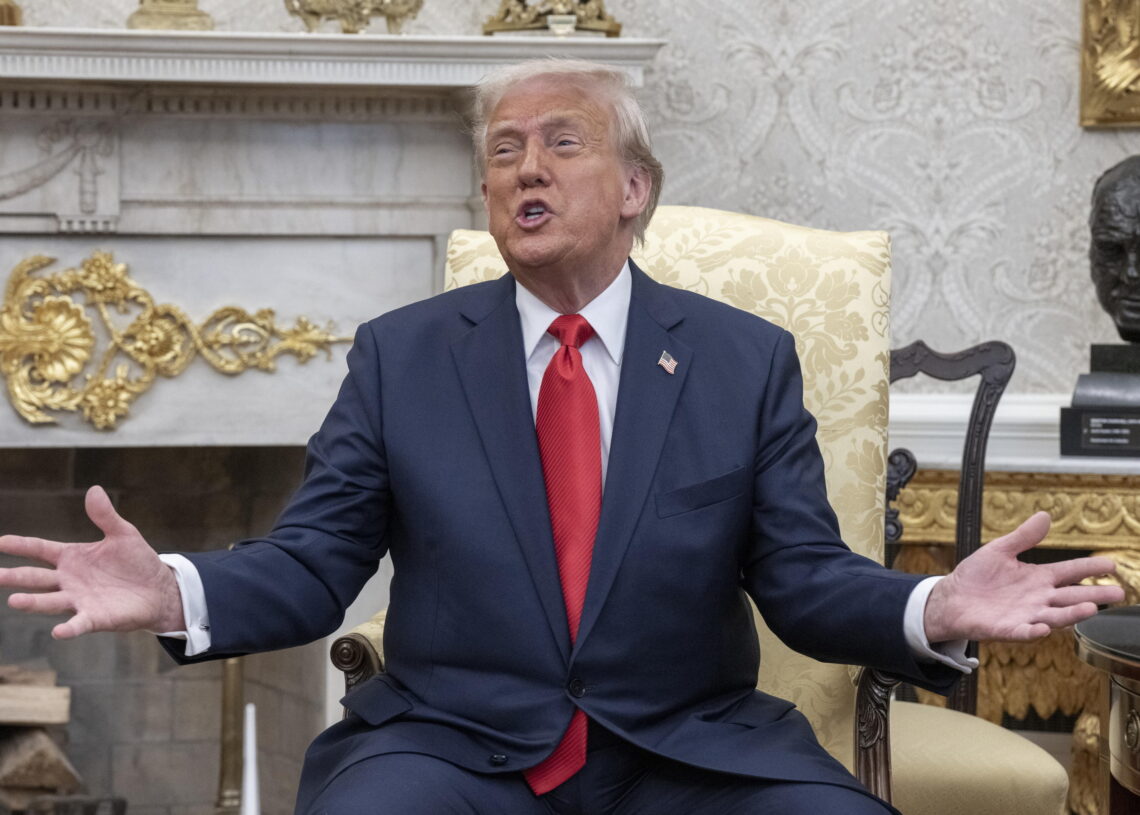On Tuesday, Donald Trump tried to mend fences, at least publicly, with Federal Reserve Chairman Jerome Powell. Only 24 hours earlier, he had called the latter a “major loser,” pressuring him to lower interest rates.
Before the pool of reporters in the Oval Office, Trump reiterated that he had “no intention” of firing Powell. “This is a perfect time to lower interest rates,” Trump said. “If he doesn’t, is it the end? No, it’s not. But it would be good timing.”
Powell has led the Fed since 2018, after Trump himself initially nominated him for the post. Former President Joe Biden nominated Powell for a second term, bringing his tenure at the helm of the central bank to at least May 2026. A few days ago, Trump had stated on his social media channels that the Fed leader’s dismissal “cannot come fast enough.”
The U.S. president’s about-face–one of many that we have seen from him in response to criticism on various initiatives and incentives– came only after stock markets fell further on Monday, likely worried about the possibility of political intervention on the central bank. It is unclear whether Trump has the power to fire Powell. According to federal law and legal precedent, members of the Federal Reserve Board, including the chairman, can be removed from their positions before their term expires only “for cause.”

However, the Trump administration has argued that it has the legal right to fire members of other independent federal agencies, sparking a dispute over the issue that could have far-reaching consequences.
For his part, Powell already stated several months ago that he will not resign if Trump asks him to leave office. The dispute between the two revolves around the Fed’s decision to keep interest rates unchanged this year. Cutting rates can lead to higher economic growth and lower borrowing costs for businesses and consumers, which is why Trump is pressuring the central bank. At the same time, lower rates can also raise inflation. And although the inflation rate is now well below the 2022 peak, it remains above the 2 percent benchmark on an annual basis.
Last week, Powell warned that the high tariffs imposed by Trump on foreign imports could lead to a new rise in inflation and a slowdown in economic growth. Later, the president attacked Powell with a series of vitriolic statements, released on social media, calling him “Mr. Too Late,” and stating that the Federal Reserve should cut rates more aggressively because “there is virtually no inflation,” a claim that both consumers and economists would disagree with.











